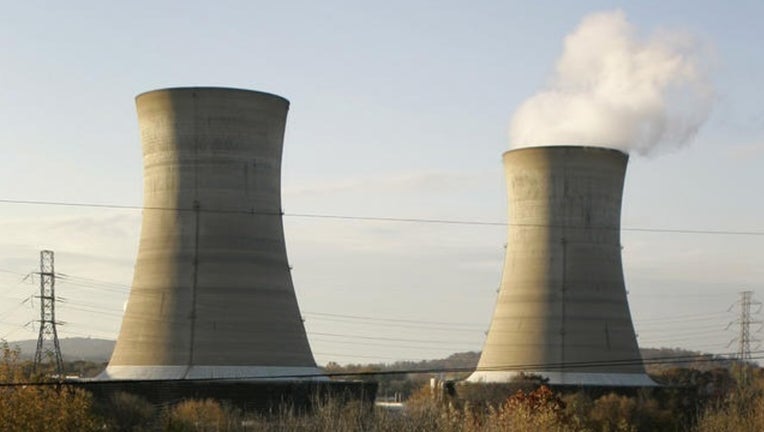Three Mile Island nuclear power plant's shutdown imminent

HARRISBURG, Pa. - The final shutdown of Three Mile Island, where 1979's terrifying partial meltdown became a landmark event in the life cycle of nuclear power in the United States, is imminent.
Exelon Corp. officials said the plant will stop producing electricity around noon Friday, following through on a decision the Chicago-based energy giant made in May after it became clear that it would not get a financial rescue from Pennsylvania.
The accident that destroyed Three Mile Island's Unit 2 badly undermined public support for the energy source: No nuclear plant that was proposed after the accident has been successfully completed and put into operation in the United States.
Edwin Lyman, acting director the nuclear safety project for the Union of Concerned Scientists, said the steps to shut down a reactor are similar to when the plant temporarily shuts it down for a refueling outage.
The first step will be to insert control rods to stop the nuclear fission chain reaction in the reactor core. The control rods - made of minerals and soft metals - absorb neutrons and make it impossible for nuclear fission to continue.
The core remains hot, and heat removal systems must cool it down gradually to avoid cracking the reactor vessel before the fuel rods are removed to a spent fuel storage pool at the plant, Lyman said.
He said he also expects plant operators will disconnect Three Mile Island from the electric grid.
As the economics of the nation's aging nuclear fleet have deteriorated, seven plants - eight reactors - have closed in the last eight years, leaving 97 operating, although several more are slated to close. That has sent nuclear power plant owners in search of financial aid from states.
Three Mile Island's Unit 1 opened in 1974 and is licensed to operate through 2034.
Shutting it down will cut its life short by 15 years, but Exelon has complained that the plant is losing money in competitive electricity markets where it contends with a flood of cheap natural gas and renewable energies that benefit from state-based subsidies.
Three Mile Island also faced particularly difficult economics because the 1979 accident left it with just one reactor.
Decommissioning Unit 1, dismantling its buildings and removing spent fuel could take six decades and cost more than $1 billion, Exelon estimates, although companies specializing in the handling of radioactive material are buying retired U.S. nuclear reactors and promising to do it in under a decade.
The destroyed Unit 2 is sealed and its twin cooling towers remain standing. Its core was shipped years ago to the U.S. Department of Energy's Idaho National Laboratory. What is left inside the containment building remains highly radioactive and encased in concrete.
Work to dismantle Unit 2 is scheduled to begin in 2041 and be completed in 2053, its owner, FirstEnergy, has said.

